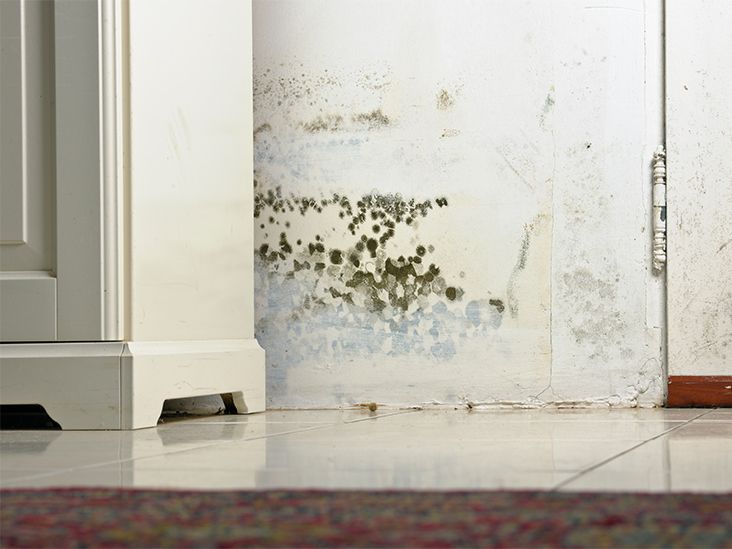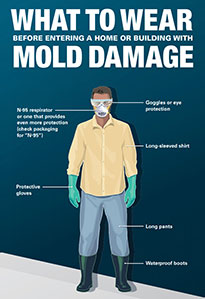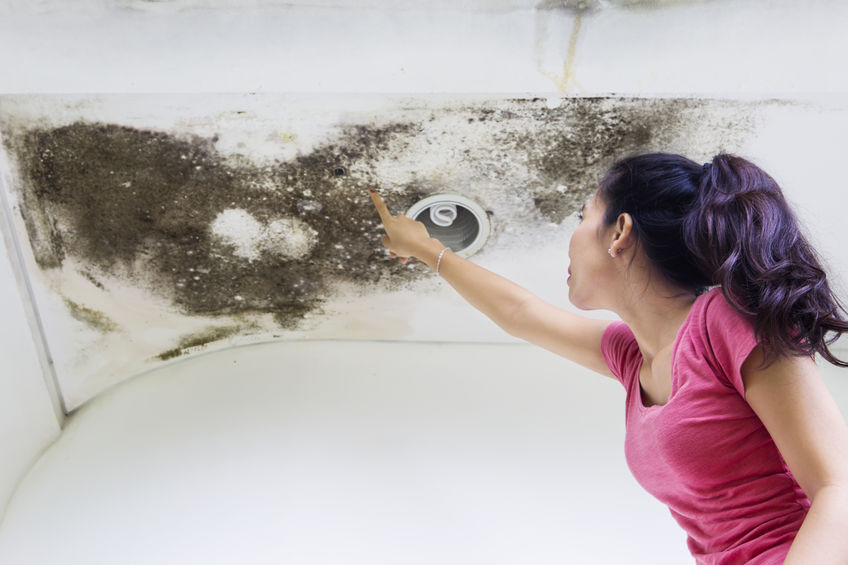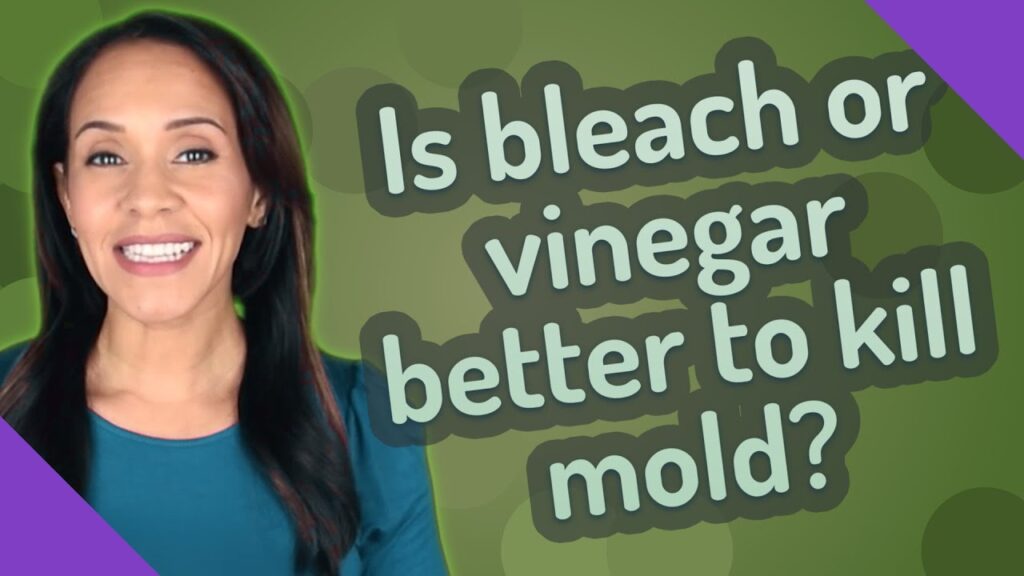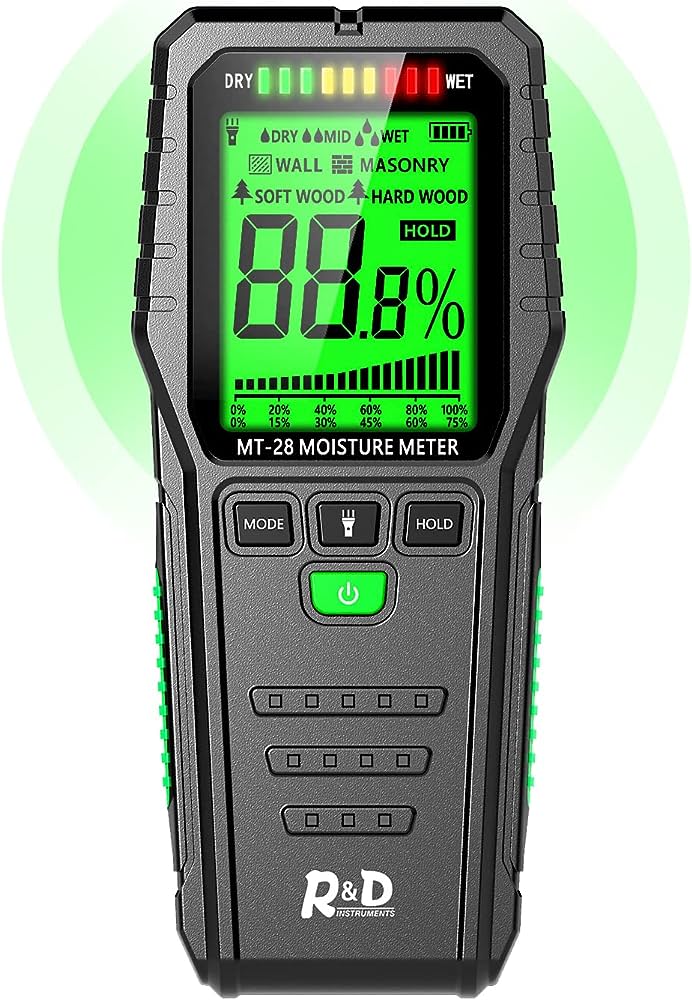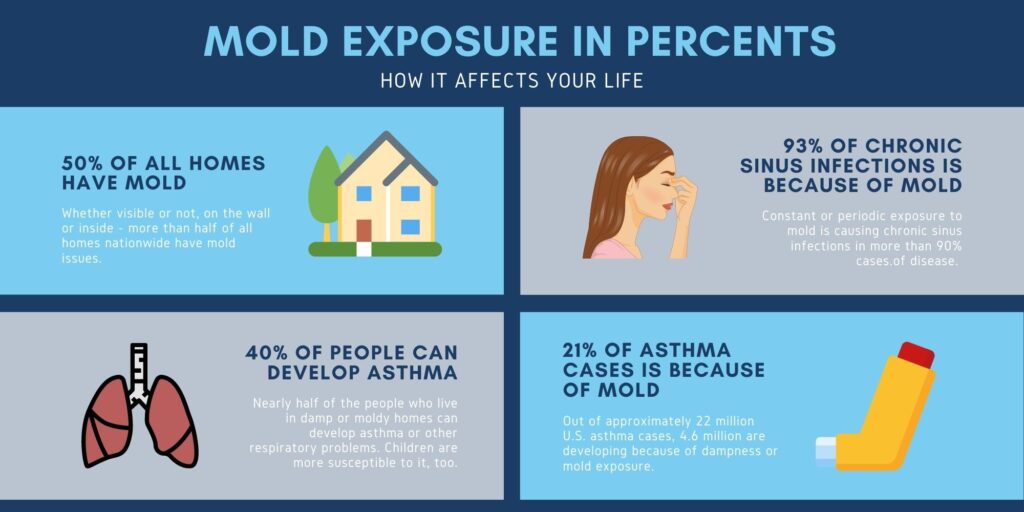Have you ever wondered how to detect if mold is lurking behind your drywall? Mold growth can be a serious problem, causing health issues and damage to your home. In this article, we will explore some telltale signs that can help you determine if mold is present behind your walls. By understanding these indicators, you can take the necessary steps to address the issue and ensure a healthy living environment for you and your loved ones.
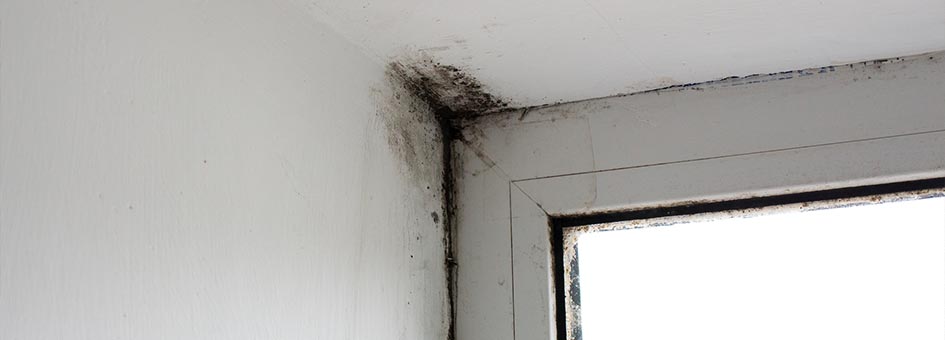

Signs of Mold Behind Drywall
Mold growth behind drywall can sometimes go unnoticed, but there are several signs that can indicate its presence. It’s important to be aware of these signs so that necessary actions can be taken to address the issue promptly. Here are some common signs to look out for:
Visible Signs of Mold Growth
The most obvious indication of mold behind drywall is the presence of visible mold growth. Mold can often appear as discolored patches or spots on the surface of the drywall. These patches may be black, green, or even white in color. If you notice any unusual discoloration on your walls, it’s essential to investigate further to determine if it’s mold growth or just a stain.
Musty Odor
Another sign that mold may be hiding behind your drywall is a musty odor. Mold emits a distinct smell, often described as earthy or damp. If you notice a persistent musty odor in a particular area of your home, it could be an indication of mold growth. Keep in mind that the smell may not always be limited to the immediate area of the mold, as mold spores can travel through air ducts and vents.
Water Damage
Water damage is often a precursor to mold growth. If you have experienced any water leaks or incidents of flooding in your home, there is a higher likelihood of mold growth behind the drywall. Look for signs of water stains, peeling paint, or warping on the surface of the walls. These can be indications that moisture has penetrated the drywall, creating the ideal environment for mold to thrive.
Allergy Symptoms
If you or your family members start experiencing allergy-like symptoms such as sneezing, coughing, itchy eyes, or a runny nose when spending time in a specific area of your home, it could be due to the presence of mold behind the drywall. Mold spores can become airborne and trigger allergic reactions in sensitive individuals. If these symptoms are persistent or worsen, it’s crucial to investigate the possibility of mold growth.
Inspecting for Mold Behind Drywall
Once you suspect the presence of mold behind your drywall, it is necessary to thoroughly inspect the area to confirm and assess the extent of the problem. Here are some methods you can use to inspect for mold behind drywall:
Visual Inspection
Start by visually inspecting the affected area for any visible signs of mold growth. Look for discoloration, irregular patterns, or unusual textures on the surface of the drywall. Additionally, pay attention to areas where water damage has occurred or where there is a high moisture content. Inspecting with a flashlight can help provide better visibility in dark or confined spaces.
Using a Moisture Meter
A moisture meter is a handy tool that can help you determine the moisture content within the walls. Mold requires moisture to survive and thrive, so identifying areas of excess moisture can indicate the presence of mold growth. Use the moisture meter to measure the moisture levels on the drywall surface and compare them to the recommended levels. Higher readings can be a clear sign of mold growth.
Removing Drywall
In some cases, a more thorough inspection may require removing sections of the drywall. This step should only be taken if you are comfortable and confident in handling the task safely. Start by cutting a small hole in the drywall to determine if mold is present. If mold is found, it may be necessary to remove additional sections of the drywall to properly address the issue.
Hiring a Professional
If you are unsure about conducting an inspection or concerned about the potential risks associated with mold exposure, it may be best to hire a professional mold inspector. A professional can accurately assess the situation, identify the source of the mold growth, and recommend the appropriate steps for remediation. They have the knowledge and equipment necessary to effectively inspect and detect mold behind drywall.
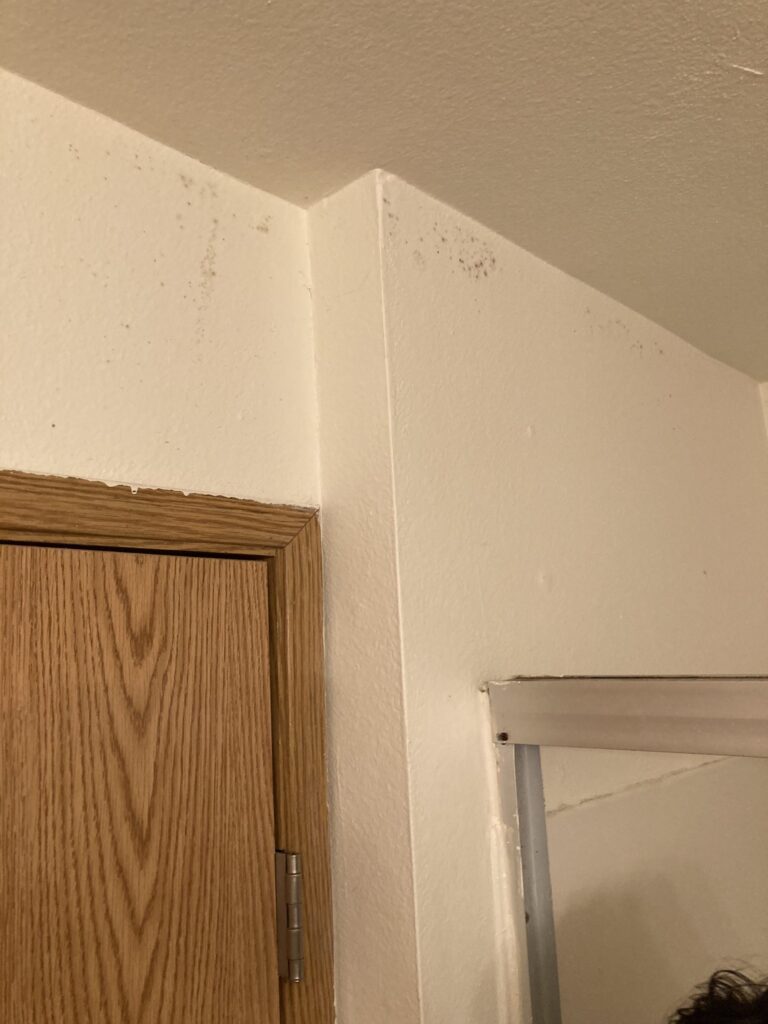

Preventing Mold Growth Behind Drywall
Taking preventive measures is crucial in minimizing the likelihood of mold growth behind drywall. By implementing these practices, you can create a less favorable environment for mold to thrive:
Proper Ventilation
Ensuring proper ventilation throughout your home is essential in reducing moisture and humidity levels, which are conducive to mold growth. Install exhaust fans in areas prone to moisture, such as bathrooms, kitchens, and laundry rooms. Properly ventilating these spaces helps to remove excess moisture and prevent condensation from accumulating on the drywall surfaces.
Controlling Moisture Levels
Moisture control is key in preventing mold growth. Regularly monitor and maintain optimal indoor humidity levels, ideally between 30% and 60%. Use dehumidifiers if necessary, especially in basements or areas with high humidity. Promptly address any leaks or water intrusions to prevent moisture from seeping into the walls and creating an environment favorable for mold.
Fixing Water Leaks
Water leaks are a significant contributor to mold growth. Regularly inspect your home for any signs of leaks, such as dripping faucets, leaky pipes, or water stains on ceilings or walls. Promptly repair any identified leaks to prevent further water damage and potential mold growth behind your drywall.
Regular Maintenance
Perform routine maintenance to ensure your home remains in good condition. Keep gutters clean and free from debris to prevent water from overflowing and seeping into the walls. Regularly inspect your roof for any signs of damage or leaks and address them promptly. By conducting regular maintenance, you can identify and fix potential problem areas before they lead to mold growth.
Safe Removal of Mold Behind Drywall
If you have confirmed the presence of mold behind your drywall, it is crucial to follow proper procedures to safely remove the mold and minimize the risk of exposing yourself or others to harmful mold spores. Here’s how to safely remove mold behind drywall:
Wear Protective Gear
Before starting the mold removal process, it’s vital to protect yourself. Wear personal protective equipment (PPE) such as gloves, goggles, and a respirator mask to minimize exposure to mold spores. This gear will help prevent inhalation or contact with mold particles during the removal process.
Contain the Area
Containment is essential to prevent the spread of mold spores to other areas of your home. Seal off the affected area with plastic sheets or tarps, ensuring it is completely isolated from the rest of the house. Use duct tape or other strong adhesive to secure the sheets and create an airtight seal to prevent any cross-contamination.
Remove Affected Materials
Carefully remove the mold-infested drywall and any other affected materials, such as insulation or baseboards. Double-bag these materials in heavy-duty plastic bags and seal them tightly to prevent the release of mold spores. Dispose of the bags following the guidelines and regulations set by your local waste management authorities.
Thoroughly Clean the Area
Once the affected materials have been removed, thoroughly clean the area using a detergent or mold-specific cleaning solution. Scrub the surfaces with a brush or sponge to remove any remaining mold. Afterward, disinfect the area with a mixture of bleach and water, following the recommended ratios. Allow the area to dry completely before proceeding with any repairs or renovations.
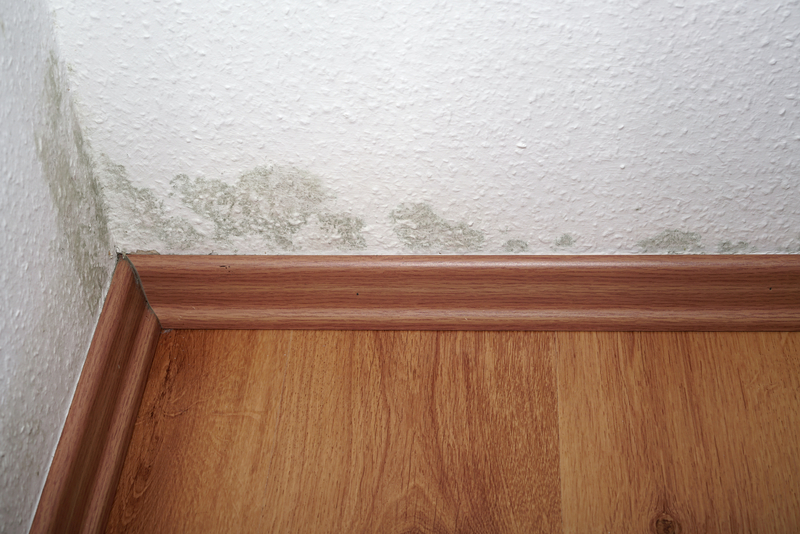

Health Risks Associated with Mold Exposure
Exposure to mold, particularly for extended periods or individuals with pre-existing conditions, can pose various health risks. It’s crucial to be aware of these potential health risks associated with mold exposure, including:
Respiratory Issues
Inhaling mold spores can trigger respiratory problems, especially in individuals with allergies, asthma, or weakened immune systems. Symptoms may include coughing, wheezing, throat irritation, or difficulty breathing. Prolonged exposure to mold spores can worsen these symptoms and potentially lead to more severe respiratory conditions.
Allergic Reactions
Mold spores are known allergens and can cause allergic reactions in susceptible individuals. These reactions can range from mild, such as sneezing and watery eyes, to more severe, including skin rashes and hives. If you notice allergic symptoms that persist or worsen while indoors, it is vital to consider the possibility of mold growth and take appropriate measures to address it.
Infections
Certain types of mold, such as black mold (Stachybotrys chartarum), can produce mycotoxins that have the potential to cause infections in some individuals. These infections can affect the respiratory system, skin, or even digestive system, depending on the type of mold and the individual’s susceptibility. If you suspect exposure to mold has resulted in an infection, seek medical attention promptly.
Toxicity
While rare, certain molds can produce toxic substances known as mycotoxins. Prolonged exposure to high levels of mycotoxins can lead to mycotoxicosis, a condition characterized by a range of symptoms, including fatigue, headaches, nausea, and neurological issues. If you suspect you have been exposed to mold producing mycotoxins, consult with a healthcare professional to discuss the appropriate course of action.
Conclusion
Identifying and addressing mold growth behind drywall is essential for maintaining a healthy and safe indoor environment. By recognizing the signs of mold, inspecting for its presence, taking preventive measures, properly removing it, and being aware of the associated health risks, you can effectively manage mold-related issues in your home. Remember, if you encounter significant mold growth or feel unsure about handling the situation yourself, it’s always best to consult with a professional mold remediation specialist. By taking proactive steps to address mold behind drywall, you can create a healthier and mold-free living space.




